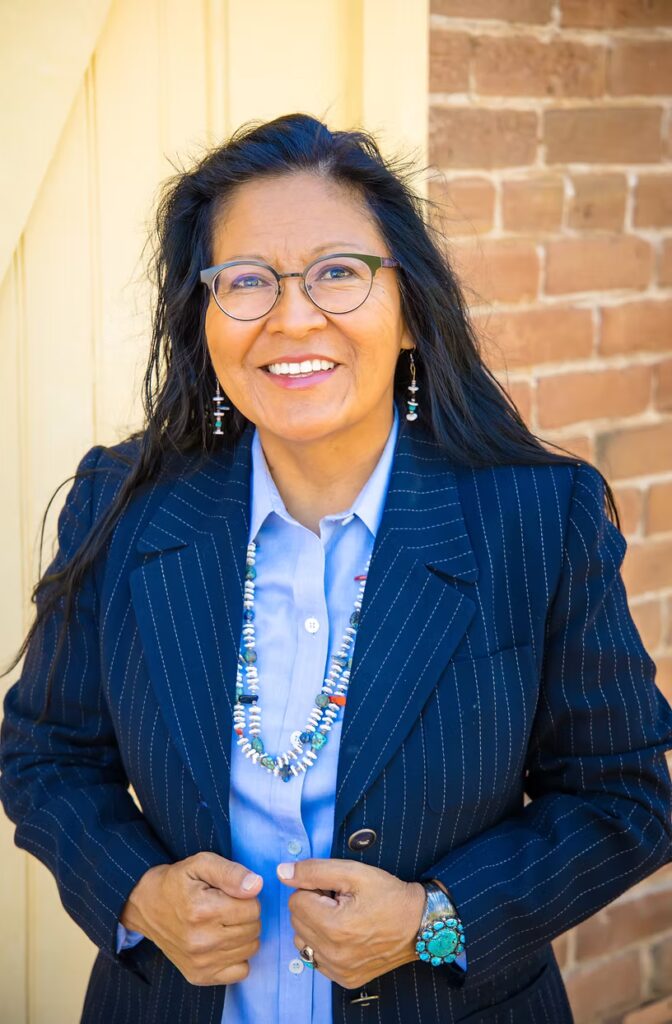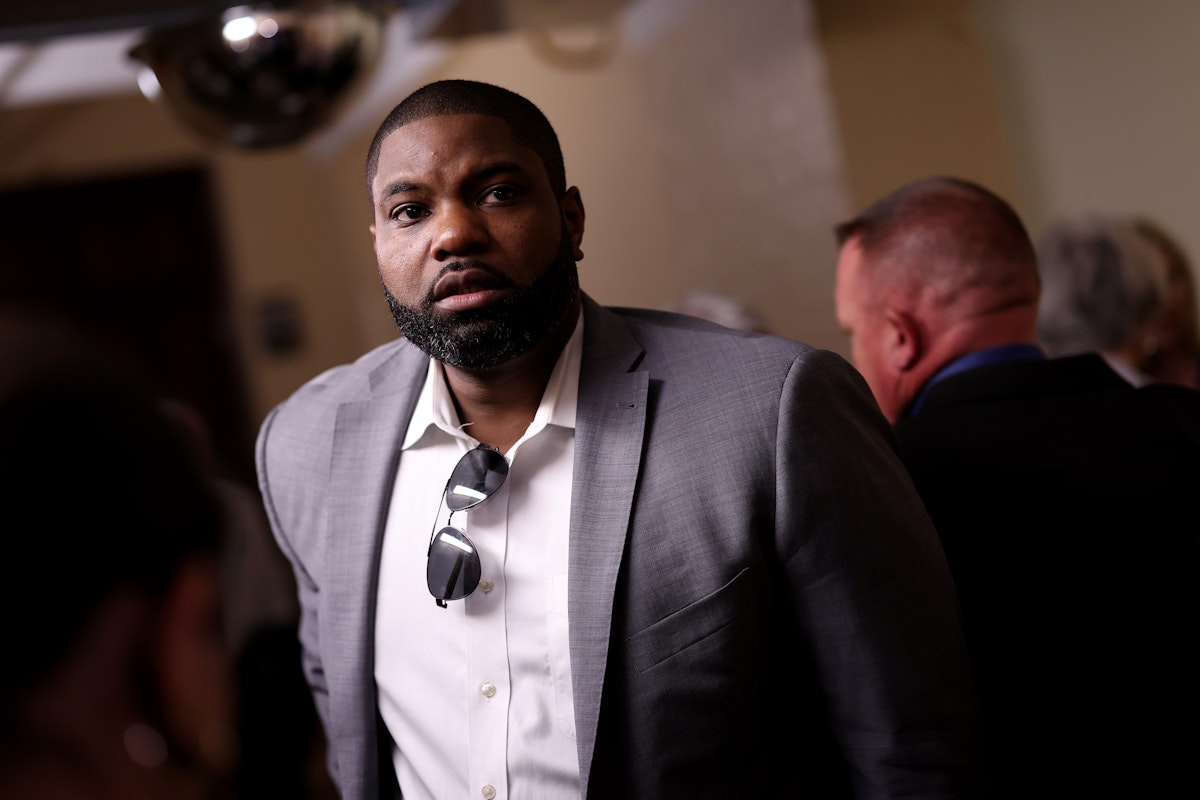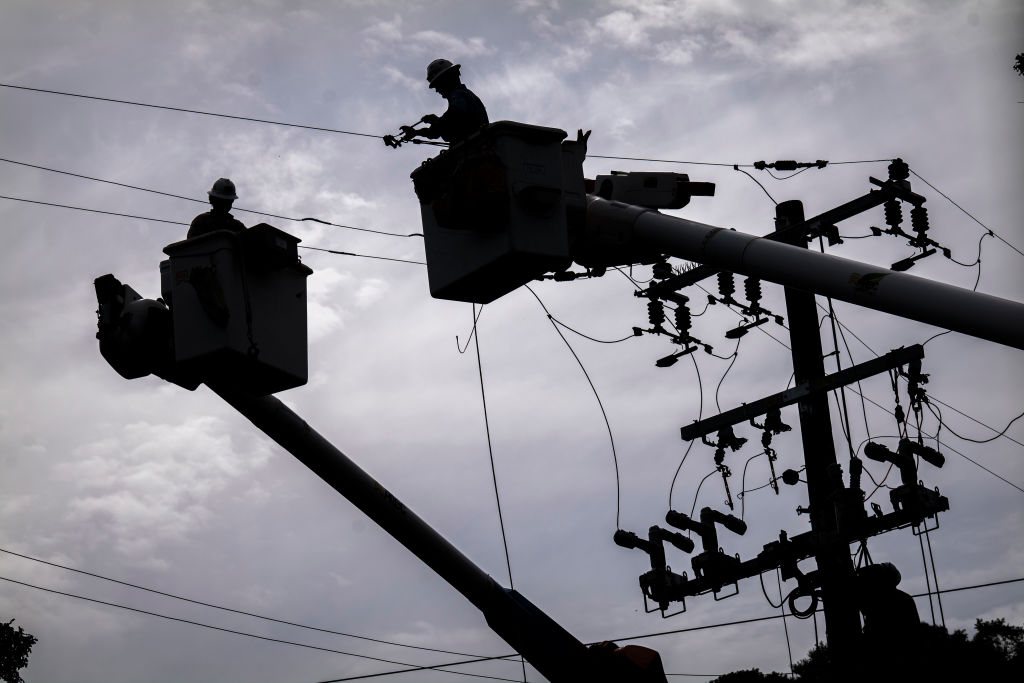
Reimagining Justice: The Urgent Need for Native Women in the Judiciary
April 22, 2025
MAGA Rep’s Town Hall Goes off the Rails as He Defends DOGE
April 22, 2025 Sophia Rosenfeld
Writing a book is a long process, and you never know what political landscape it will land in. It’s important not to write something that only echoes a specific moment, since the life cycle of books and politics are often disconnected.
The book explores how we — particularly in the US, but also much of the modern world — came to view freedom as the ability to choose from various options, whether in consumer culture or in democratic and human rights discourse. We’ve come to associate freedom with selecting people to love, ideas to hold, political platforms to support, or products to buy. We imagine that having and making choices is a source of both personal fulfillment and public recognition of ourselves as autonomous individuals. I had two main questions: How did this concept of freedom develop, and what are its pros and cons? It’s clear that freedom and choice are not timeless ideas; they’ve evolved. I wanted to explore how this view of freedom emerged and its impact on our lives.
I started the project before [Donald] Trump’s presidency, during the late [Barack] Obama years, and believed that the political trajectory at the time would likely continue. Clearly, the situation changed. During the first years of Trump’s administration, I paused work on this book to write Democracy and Truth: A Short History, which addressed the political polarization and conflicts around truth that became more pronounced during Trump’s tenure. That book, which focused on the divide between technocracy and populism, ended up resonating with subsequent developments, especially around issues like misinformation.
When I returned to The Age of Choice, I had a different perspective, shaped by the political shifts under both Trump and [Joe] Biden. The concept of choice was mobilized differently by both administrations, from reproductive choice to school choice, which reflects broader changes in political discourse.
As for the reception of The Age of Choice, it’s still early, but it has already received positive attention both in the US and internationally, including in France, Italy, and Brazil. The book offers insight into the political dynamics of the current moment, though I’m still reflecting on how the new Trump era specifically intersects with the book’s arguments.
It’s important to note that the US is not the first country to experiment with a form of authoritarian democracy tied to a capitalist economy. Leaders like Silvio Berlusconi, Viktor Orbán, and Jair Bolsonaro set precedents for Trump, who has already incorporated choice-based language into his policies, particularly around consumer goods and education. But this “freedom of choice” rhetoric largely operates in the consumer sphere, emphasizing individual autonomy while also consolidating power in the hands of the state.
In this new political environment, choice has mutated. What we have is a blend of libertarianism in the consumer realm, where businesses and individuals are encouraged to make choices, and authoritarianism in politics, where the state controls the options available. This hybrid model can be seen in other countries as well, including China, which combines consumer capitalism with an authoritarian state. As I mentioned before, it’s challenging to predict how things will unfold politically in the next six months. As a historian, I try to identify larger patterns that transcend political cycles, rather than making claims too specific to the current moment.
Great Job Sophia Rosenfeld & the Team @ Jacobin Source link for sharing this story.





